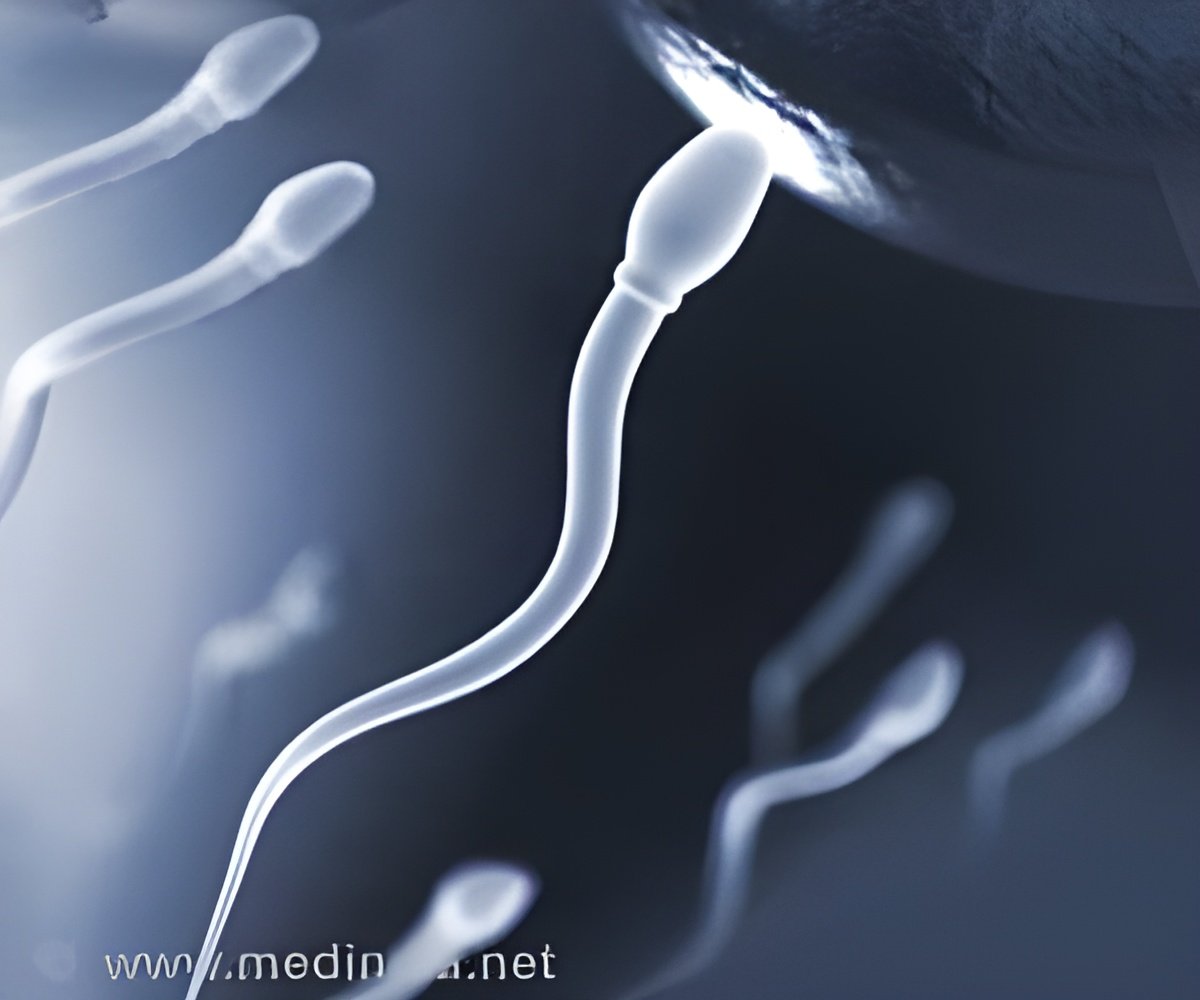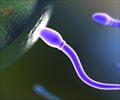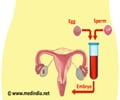Millions of sperm indulge in a fierce race against each other to fertilize an egg.

"We generally think that each individual sperm cell swims its little heart out to get to the egg," Hoekstra said. "But it had been discovered that, in at least a handful of organisms, sperm will cooperate and swim as a group."
Exactly why sperm clump together, however, had remained a mystery – until now.
"We had some hints that cooperation was enhancing their swimming performance, but what we didn't understand was how it was helping," Fisher said. "With this study, we combined a mathematical model with much finer-scale measurements that looked at groups that ranged from single sperm cells to groups of as many as 30 cells. What we realized was that that while their overall speed wasn't increasing at all, but that the time it took them to go from point A to point B was decreasing -- they swim in a straighter line."
The study, also found that sperm from promiscuous mice were more likely to form clumps of the optimum size, and that, when compared with sperm from Peromyscus polionotus – a closely-related, but monogamous, species of mouse – the trait is likely driven by sexual selection.
The new paper builds on a 2010 study conducted in Hoekstra's lab which found that sperm cells preferentially clump with those produced by the same male. Spurred by that earlier paper, Mahadevan approached Hoekstra with the idea of creating a mathematical model to understand whether and how sperm received an advantage by forming groups.
Advertisement
"In this context…the question was: Is it possible to make the aggregate do better than then individual?" he continued. "One way to do that is to get all the tails to synchronize, but that doesn't happen. The other way is to cancel out the random motion of the individuals in an aggregate because the sperm adhere to each other. Eventually, for large aggregates, the sperm point towards each other and thus cannot swim at all. This mechanism when quantified in a model that Luca and I developed and this led to testable predictions., When Heidi did the experiment, we found that this was essentially correct."
Advertisement
"What we found is that both species have an optimum at around eight, which was what the model predicted, but there were many fewer groups that were too big or too small in the promiscuous species," she said. "That is consistent with the idea that sexual selection is driving this trait in the promiscuous species, whereas in the monogamous species, where there's not as much competitive pressure, things are a bit more relaxed, so we see more variance in the clump sizes."
In the end, Mahadevan said, the study represented an ideal collaboration between the theoretical and the empirical.
"If you talk to evolutionary biologists, their approaches are often genetic, because they're trying to understand what the genetic bases are for natural selection pressures," he said. "From a theoretical point of view, the focus is on reproductive capacity. What's interesting in this particular situation is we can take a question of reproductive capacity and add a physiological twist to it that's associated with sperm motility, and then we can take that apart in the context of what happens when you change the shape of the sperm, or their ability to adhere to each other, or their ability to move."
"In my view we haven't so much answered the question as we've sharpened it," he continued. "And we've done by that couching a conceptual notion of competition and cooperation in terms of physical and physiological variables that can be measured and lead to testable predictions."
Source-Eurekalert









